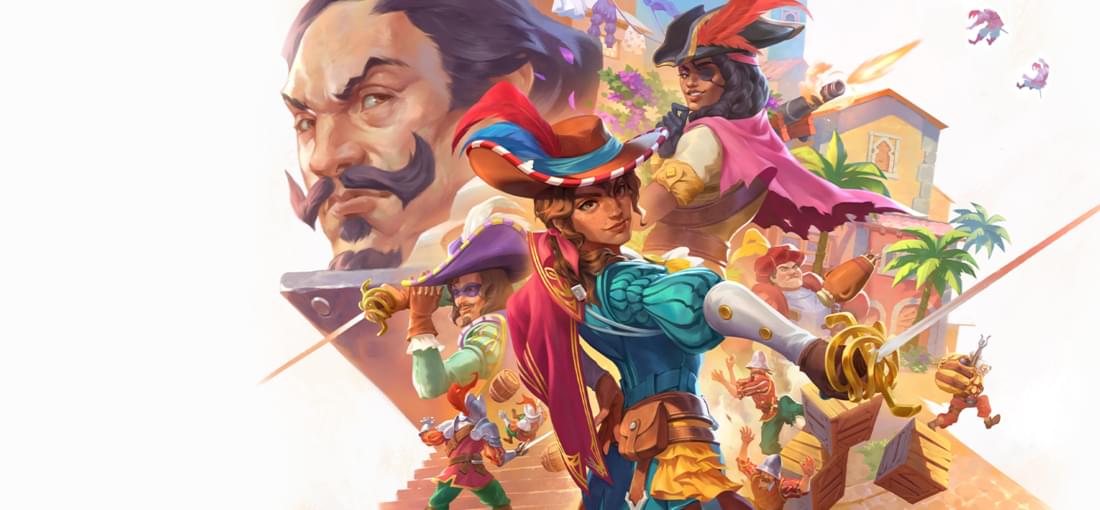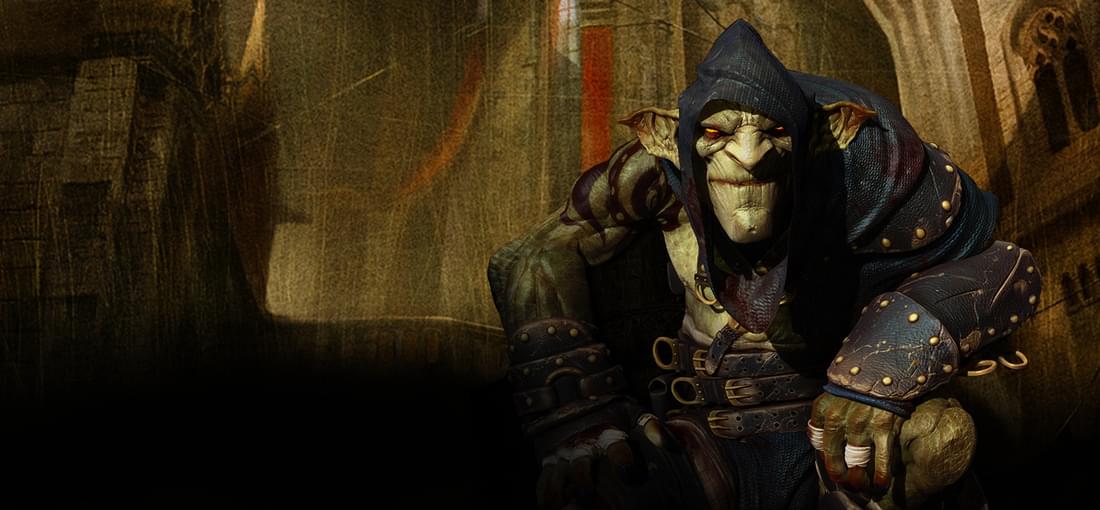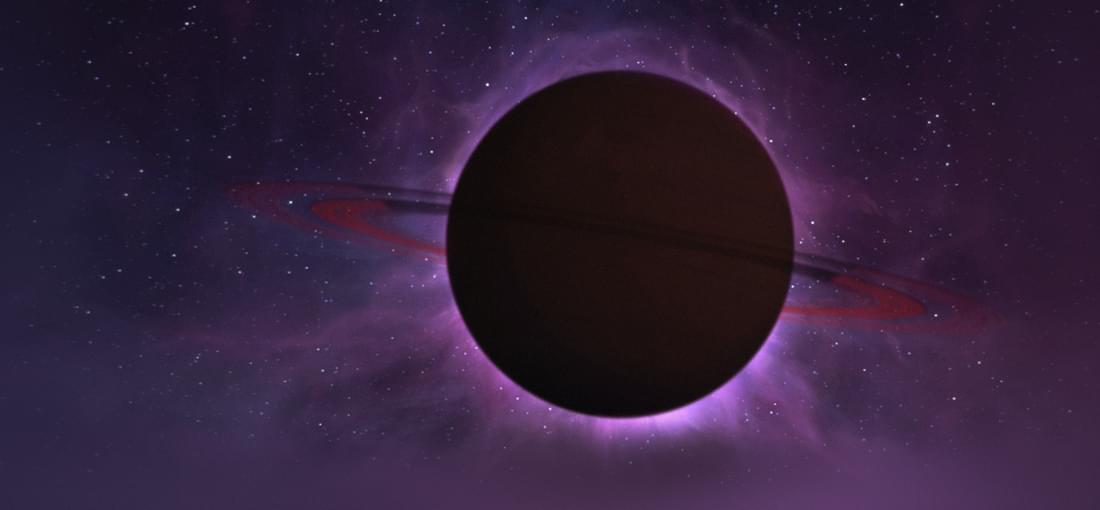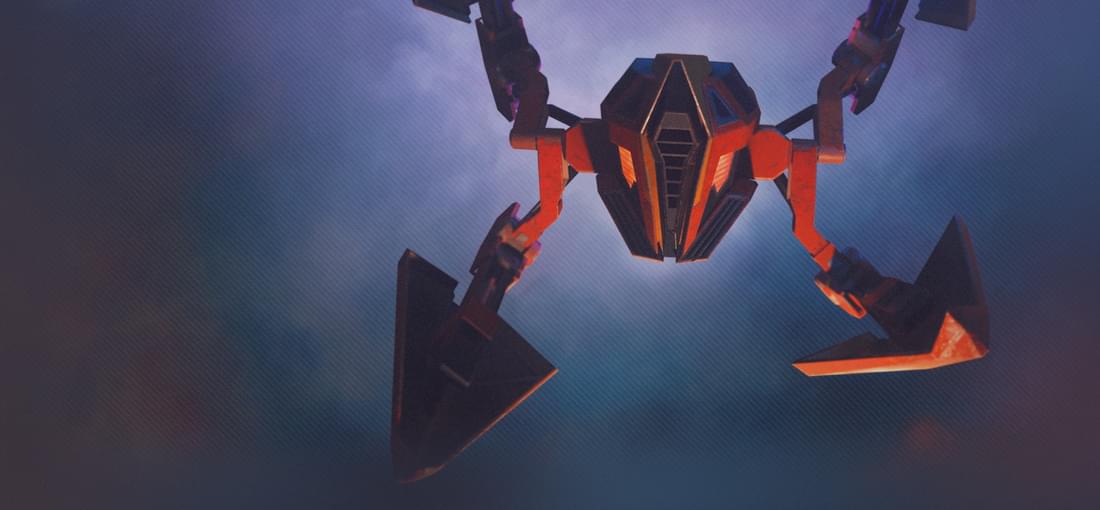


So on one hand the devs wanted to make a swashbuckler game where you move around a lot and use the environment against your enemies But then they made it play like Arkham Asylum, so both the player and enemies will automatically lunge towards their target regardless of range. So you try to run around these arenas to use all of the traps or props lying around, and you'll get hit by an enemy lunging 10 feet at you in a split second. So instead of fluidly moving around these arenas, you instead spend a lot of time waiting for your cue to use your parry or invulnerable dodge. It doesn't feel good to play.

It's not bad but if you're going to play it then don't get hung up over stuff like completing all the side objectives or doing perfect ghost runs, because then it's gonna drive you bonkers. The setting is cool, the story gets kinda interesting when it gets rolling. I like Styx more as a character here than in the sequel where he's just goblin Deadpool. I like how the developers had the balls to make certain design decisions. There are no cop-out non-lethal weapons like the blackjack in Thief or the Tranq gun in Metal Gear. If you want to remove a guard then you have to commit to violence. Your melee takedowns come in two flavors: fast but LOUD, and quiet but SLOW (and interruptible!). Throwing knives let you kill guards from a distance but they're very rare. Hard mode disables direct combat outright: most enemies will kill you in a single hit and if a guard catches you he does a cinematic takedown on you and that's that. They'll also check chests/closets/tunnels and other hiding places when looking for you. Styx can burn mana to activate an enhanced vision mode or turn invisible. But most importantly he can spit out clones of himself. This is a ridiculously useful power that you should take advantage of at all times: You can send them out to scout dangerous rooms. You can use them to activate traps at no risk to yourself. You can use them to throw off pursuing enemies (the guards will kill the clone, think it was you, and drop the alarm). You can use them to block sightlines by blowing them up into smoke clouds. You can stick them in chests and closets and they'll ambush passing enemies. Platforming is very inconsistent. There have been multiple times where Styx ignores a platform in front of him and instead tries to climb a torch, catches on fire, and dies. The game re-uses levels (this is why you shouldn't be a perfectionist). The last boss is very poorly designed and could have been mitigated simply by giving the player more supplies in the room before it.

The maps were pretty good, with one in particular (Charon Refinery) being so good that it justified the purchase almost by itself. They're harder than the base game but still not Descent 1/2 levels of sadistic. There was a bug in one of the maps where a forcefield wouldn't deactivate after picking up a key. I also had a similar issue to the other reviewer where a 3rd wave of robots wouldn't spawn in the final map (but for me the problem was fixed by dumping a missile so I could actually pick up the powerup that triggers the spawns).

Overload is real good. It's a throwback FPS that actually understands why those old games were fun. For example: it has real level design. Not "walk into an empty room, doors lock, fight off respawning waves of enemies, repeat" level design. There are alternate paths, backtracking, interesting level architecture, and enemies that are actually placed on the map by a designer. There's an emphasis on projectile weapons instead of hitscan weapons. In fact there are no hitscan weapons at all, even weapons that look hitscan (like the driller) are actually very fast moving projectiles. Weapons like homing missiles or lasers that bounce off walls or really big projectiles that you charge up, are staples in Overload and not once-in-a-while gimmicks. There's a good variety of enemies that are designed with specific roles, use a wide variety of attacks, and have surprisingly good AI. Melee bots will hang back and only charge when you focus on other enemies. Missile bots will take advantage of their splash damage by flying backwards and forcing you to come to them. Kamikazes will sometimes fake their suicide charge and instead look for a new hiding spot. Thankfully none of the enemies are nearly as obnoxious as the Class 1 Driller, Red Hulk, or Thiefbot from Descent. This all adds up to a game that feels fresh. If you're tired of assault rifles, tired of fighting humans or zombies, tired of flat arenas, then this is the game for you. I have to knock a star off for a few reasons though: -The environments don't have much variety, which means that it's easier to get lost than it should be. Remember to use sticky flares and the hologuide! -Likewise there isn't much variety in mission objectives. -There are still a few locked arenas and they few and far between enough that they WILL take you by surprise, usually when you wander into the wrong room looking for health. -The story starts boring, but then takes a really interesting turn, only to go 'JUST KIDDING!' at the end.
Unlike Ground Control 1, 2 has resources and unit production. The way you get new units is pretty unique though. They are delivered by a dropship that can be controlled and upgraded. It's actually a really powerful unit so there's a trade-off between getting reinforcements regularly or having the dropship help out in combat. Some other additions are offmap support abilities (like sensor sweeps, and artillery barrages), all units having a secondary mode (for example infantry have a normal mode, and an anti-vehicle mode where they fire rockets but can't move), and the ability to order units to drive in reverse (which is useful because units take less damage from the front) There are two playable factions. The NSA is your standard human military faction with the usual tanks, infantry, APCs, gunships, etc. The Viron use organic technology and have a gimmick where they create new units by merging existing ones. It's sort of like creating an archon in Starcraft but all of their units are capable of it. There's a 3rd race called the Terrans but they aren't playable. The graphics in this game are ahead of their time. They're almost on par with Company of Heroes despite coming out years earlier. If you zoom in it can pass as an FPS of the era. It also makes good use of 3D space, the maps aren't flat like your usual RTS levels. I had a good time going through the campaign (aside from the sudden difficulty spike in level 2) but if Ground Control 1 was something totally unique, 2 is more like a generic RTS. The first game is more engaging because it does away with all forms of attrition. Here you will find yourself stockpiling resources and mindlessly throwing units to their deaths, and if that doesn't work out you can just load a quicksave. It's actually a pretty decent choice for a first RTS. No basebuilding or tech tree to overwhelm you, units have a generous amount of health, and the campaign has co-op.
There are no resources, unit production, base building, or mid-mission saves in this game whatsoever. Instead you choose and customize a group of units based off the mission briefing, and then deploy them via dropship to landing zones. You can only bring enough units to fill up to three dropships, and those units themselves have limited resources (for example an infantry squad carries 3 anti-tank rockets and once they're gone, no refills until the next mission). You always have a command APC which can repair units for free, but you will automatically fail the mission if it gets destroyed. This leads to Ground Control having the exact opposite feeling of your usual RTS game: you don't start weak and eventually build up your forces, instead you start at full power and must manage limited resources and learn to play around losses. No bases means that you're on the move constantly. This game is offensive where most other RTS campaigns are defensive. Scouting and picking your battles suddenly becomes important when you can't just win every battle through attrition. Playing Ground Control almost feels like playing a tactical shooter like Raven Shield, Ghost Recon, or SWAT. I like how Ground Control is also one of the few RTS games that makes effective use of 3D space. There is a ballistics model (projectiles actually have to travel through space) and terrain can block attacks outright. You actually have to move the camera around frequently, for example you need to angle it upwards to see where artillery shells are coming from in order to dodge them. The graphics hold up pretty well for such an old game. The models are primitive but the visual clarity is great and the lighting looks cool. There is no native widescreen support but thankfully there's a fan patch for that: https://gitlab.com/fkrull/gc-resolution-changer If there's a downside to Ground Control it's that it requires a lot of patience from the player. Remember: you have to do every mission in one go.